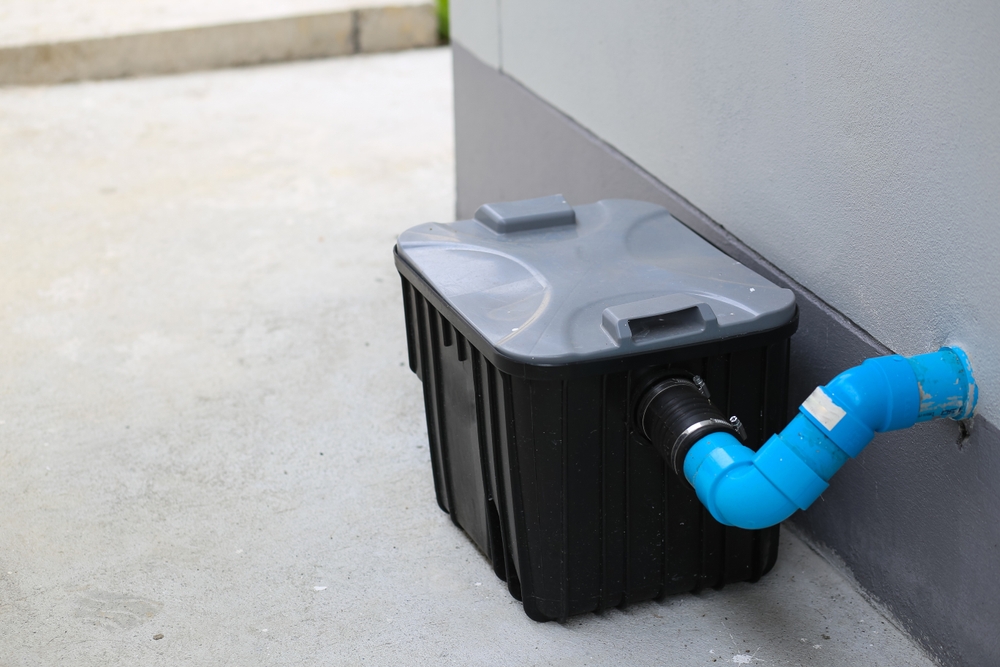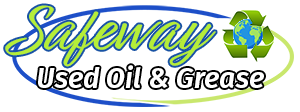
What Health Inspectors Look for in Your Grease Trap System
In the foodservice industry, cleanliness and proper waste management are non-negotiable priorities, and among the most scrutinized components during a health inspection is your grease trap system. Designed to intercept fats, oils, and grease (commonly known as FOG) before they enter the wastewater system, grease traps are vital for maintaining hygiene, meeting regulatory compliance, and protecting the environment. Health inspectors have a detailed checklist when evaluating these systems, and understanding what they look for can help restaurants, cafeterias, and commercial kitchens avoid costly penalties or shutdowns. This blog explores what health inspectors typically evaluate in a grease trap system, how to prepare for inspections, and why consistent grease trap maintenance matters.
The Importance of a Properly Functioning Grease Trap
A grease trap serves as the first line of defense against FOG-related plumbing and environmental issues. When not properly managed, grease traps can become significant liabilities. Grease that escapes into public sewer systems can cause blockages, foul odors, overflows, and even environmental contamination, which leads to public health hazards and municipal fines. A grease trap that functions effectively protects not just your establishment but the wider community.
Health inspectors are trained to spot inefficiencies and noncompliance in grease trap maintenance. Their evaluations go beyond a visual glance; they often include record checks, odor inspections, functional assessments, and structural evaluations. Restaurants that fail to maintain their grease traps risk penalties ranging from warnings to fines, or in severe cases, temporary closure.
A well-maintained grease trap, on the other hand, ensures smooth kitchen operations and demonstrates your commitment to health and safety regulations. It also reassures patrons that the facility is clean and professionally managed. Consequently, staying ahead of inspections is not only about compliance—it’s also about sustaining your brand reputation.
Cleanliness and Visual Condition
One of the first things a health inspector will assess is the visual condition of the grease trap and the surrounding area. This includes checking for any obvious signs of neglect such as excessive buildup of grease, sludge, or debris. A grease trap that is overflowing or visibly clogged is an immediate red flag. Inspectors also look for any leaks or corrosion, which may suggest structural weakness or improper installation.
Additionally, inspectors evaluate the cleanliness of the trap lid and whether it is securely in place. An improperly sealed lid can release odors, attract pests, and indicate that maintenance has been skipped. The exterior of the trap should be free from dirt, grime, or oil spills, as these can suggest a lack of regular cleaning routines.
The surrounding area of the grease trap also comes under scrutiny. If the trap is located inside the facility, inspectors ensure that it does not contaminate food preparation or storage areas. If the trap is located outside, the inspector will check for proper containment to ensure it is not contributing to stormwater pollution. Drainage patterns, distance from entryways, and potential for runoff are all factored into the cleanliness and safety evaluation.
Maintenance Records and Service Frequency
A clean grease trap alone will not satisfy a health inspector if it lacks the accompanying documentation. Maintenance records are an essential component of the inspection process. Inspectors typically request to see detailed service logs showing when the trap was last cleaned, by whom, and how much waste was removed. These logs must be consistently updated and stored in an accessible location.
Health inspectors are particularly vigilant about service frequency. In most jurisdictions, grease traps must be cleaned at intervals recommended by the manufacturer or local health authority, often every 30 to 90 days. However, high-volume kitchens may require more frequent cleaning. If an establishment waits too long between services, the efficiency of the trap can drop significantly, leading to possible overflows and violations.
Moreover, many local health departments have specific “25% rules” which stipulate that once a grease trap is 25% full of grease and solids, it must be cleaned. Failing to adhere to this guideline is grounds for a citation. Some inspectors may also perform a depth dip test to assess how full the trap is during their visit.
Documenting and adhering to a regular cleaning schedule not only demonstrates compliance but also helps prolong the life of your grease trap system. Businesses that use third-party contractors for trap maintenance should ensure the service provider issues certificates or invoices that detail the work done—these should be retained as part of your record-keeping practices.
Proper Installation and Sizing
Another major area of focus for inspectors is whether the grease trap has been properly installed and adequately sized for the kitchen it serves. An undersized trap is likely to become overloaded quickly, defeating its purpose and leading to backups and potential sewer spills. Conversely, an oversized trap may not function efficiently because it does not allow sufficient time for grease separation.
Health inspectors often refer to plumbing blueprints or installation documents to verify whether the system was designed in accordance with local building codes and guidelines. Inadequate venting, poor pipe configuration, or missing components like flow control devices can all count as violations. Improper installation can result in slow drainage, foul odors, and even cross-contamination—all of which are serious concerns during an inspection.
Inspectors may also examine whether the trap is installed at a convenient and accessible location for maintenance. If the system is difficult to access, staff may be tempted to neglect cleaning or inspection duties. Accessibility is key not only for regular maintenance but also for quick troubleshooting in the event of an issue.
Additionally, the type of food being prepared and the volume of meals served play a critical role in determining the proper trap size. Fast food outlets and establishments that use a lot of oil need larger or more sophisticated systems than cafes or bakeries. Health inspectors understand these nuances and assess whether the installed system is appropriate for the facility’s operations.
Odor Management and Pest Control
One of the most immediate signs of grease trap neglect is the presence of foul odors. When a grease trap is not cleaned regularly or is improperly sealed, the decomposition of organic matter produces a strong, unpleasant smell. Inspectors are highly sensitive to odors because they are often indicative of deeper sanitary issues. A pungent odor can quickly result in penalties or a failing grade during inspection.
Health inspectors evaluate whether odors are emanating from the trap and whether the facility is taking adequate steps to manage them. This includes ensuring that the lid is sealed properly and that venting systems are working as intended. In some cases, grease traps that are not adequately maintained can even allow hydrogen sulfide gas to accumulate, which is not only odorous but potentially hazardous.
Pests are another major concern. Flies, roaches, and rodents are attracted to the organic waste found in and around grease traps. Inspectors look for evidence of infestations such as droppings, larvae, or live insects near the system. If the grease trap becomes a breeding ground for pests, it poses a serious health risk that can lead to immediate corrective actions or even temporary shutdowns.
To prevent these issues, establishments should invest in odor control solutions like enzymatic treatments or vent filters, and implement regular pest monitoring protocols. Keeping the trap and its surroundings clean, dry, and well-sealed goes a long way in satisfying this area of the inspection.
Environmental Compliance and Waste Disposal
Beyond immediate health and safety concerns, inspectors also consider the environmental impact of your grease trap operations. Improper disposal of grease and sludge can lead to serious legal and ecological consequences. Health inspectors often collaborate with environmental or wastewater departments to ensure that establishments are complying with local ordinances regarding FOG disposal.
Inspectors may request documentation proving that waste has been disposed of through licensed and approved facilities. Grease haulers typically issue manifests that confirm the volume and date of each removal. Inspectors may cross-reference these records with your maintenance log to confirm accuracy and regularity.
Some local jurisdictions even require facilities to submit periodic reports detailing FOG management practices, trap efficiency, and disposal methods. Failure to comply can result in escalating fines and increased scrutiny. In worst-case scenarios, illegal dumping of grease waste can lead to environmental lawsuits and public relations damage.
Being proactive with environmental compliance also shows inspectors that the business is committed to sustainability and public welfare. Training staff on correct disposal methods, using certified contractors, and maintaining thorough records can all bolster your compliance efforts.
Conclusion
Preparing for a health inspection means taking a comprehensive approach to grease trap maintenance. Health inspectors assess a wide range of factors, from visual cleanliness and odor control to maintenance logs and environmental impact. Understanding what they look for and maintaining a proactive maintenance schedule are essential for passing inspections, avoiding penalties, and keeping your establishment running smoothly.
Restaurants and commercial kitchens that take grease trap management seriously not only stay compliant with regulations but also gain the trust of their customers and the broader community. By staying vigilant and informed, you can ensure your grease trap system is not just a hidden fixture, but a well-managed component of a healthy, sustainable foodservice operation.
Categorised in: Grease Trap Service
